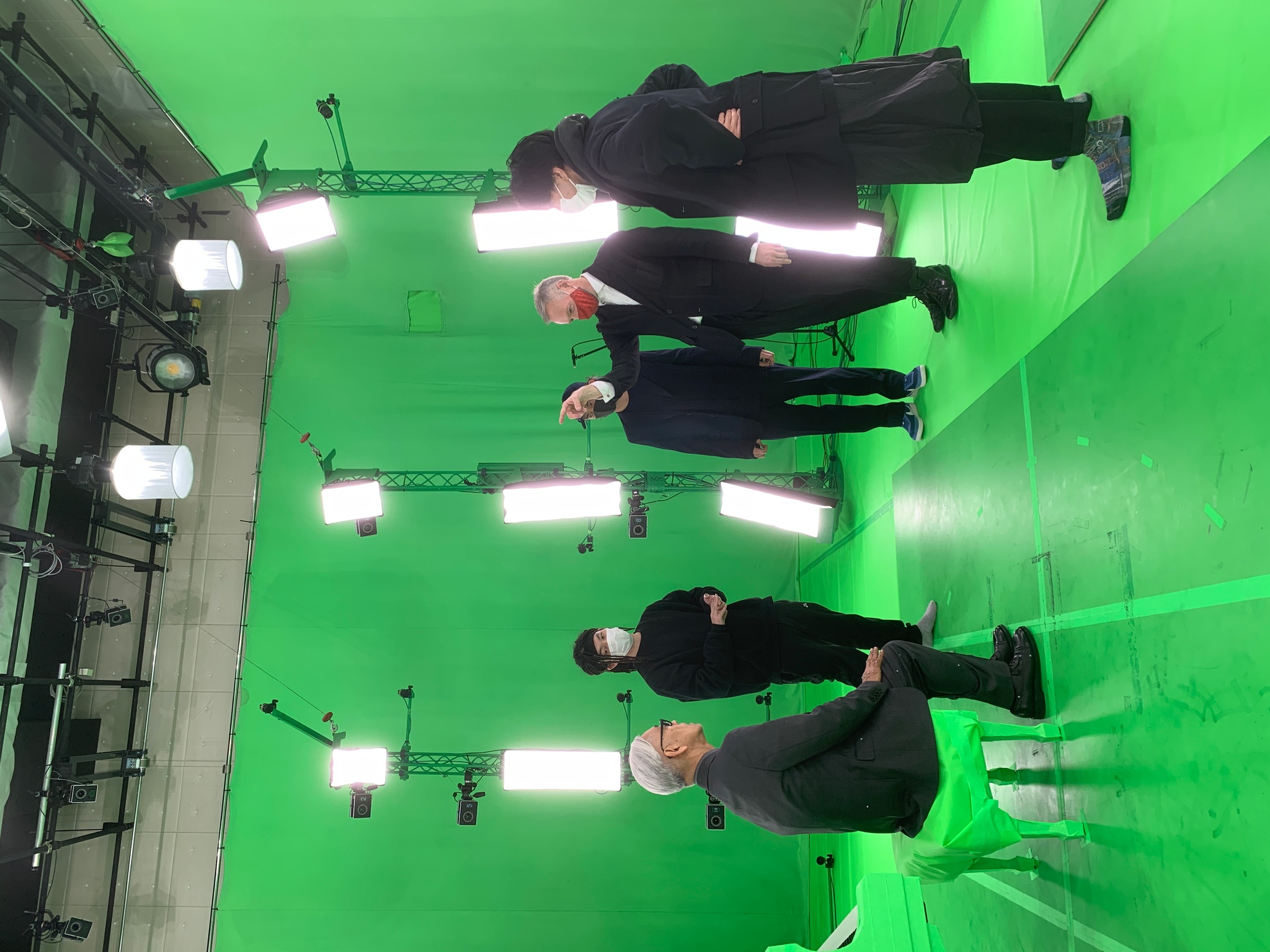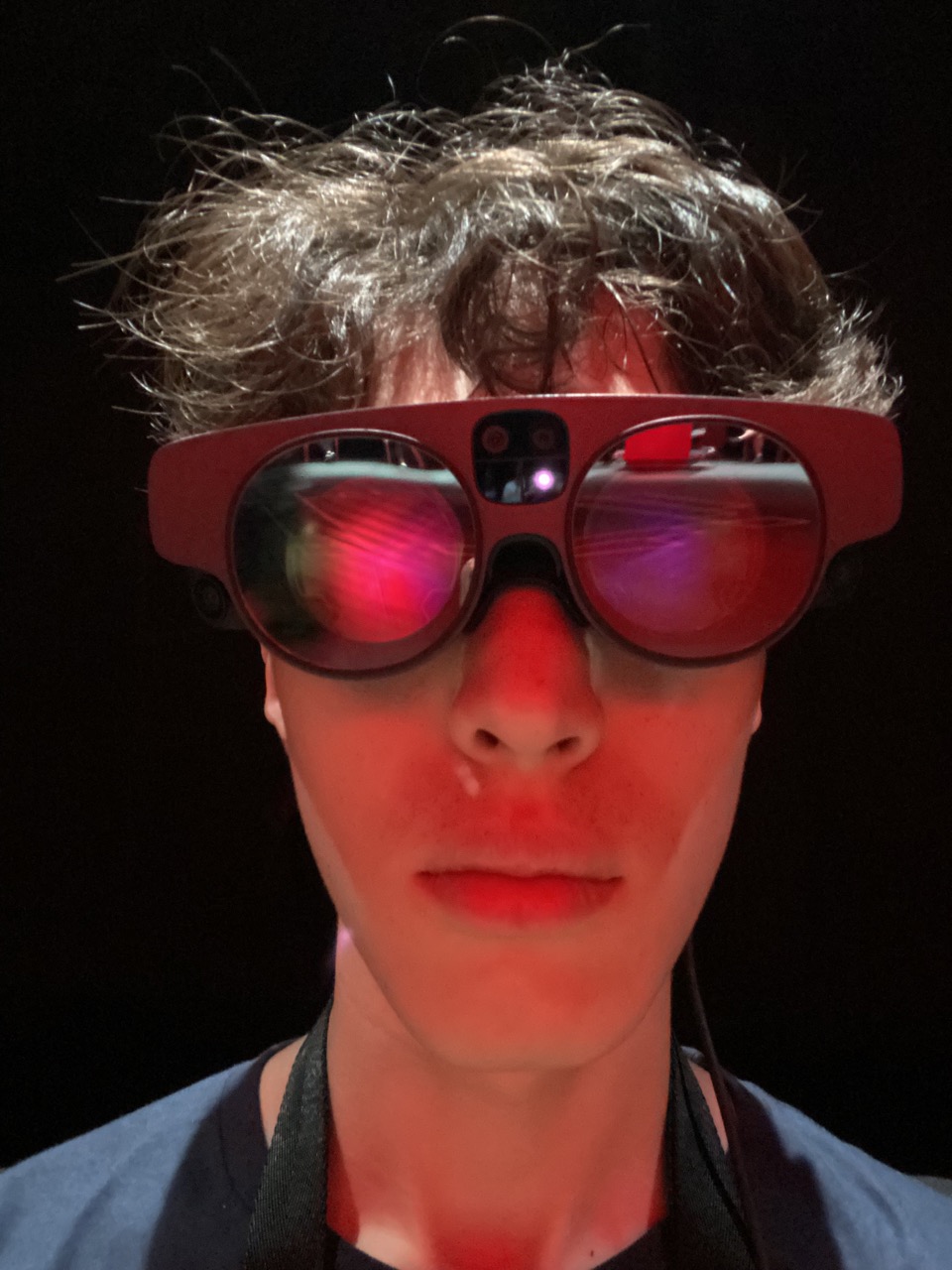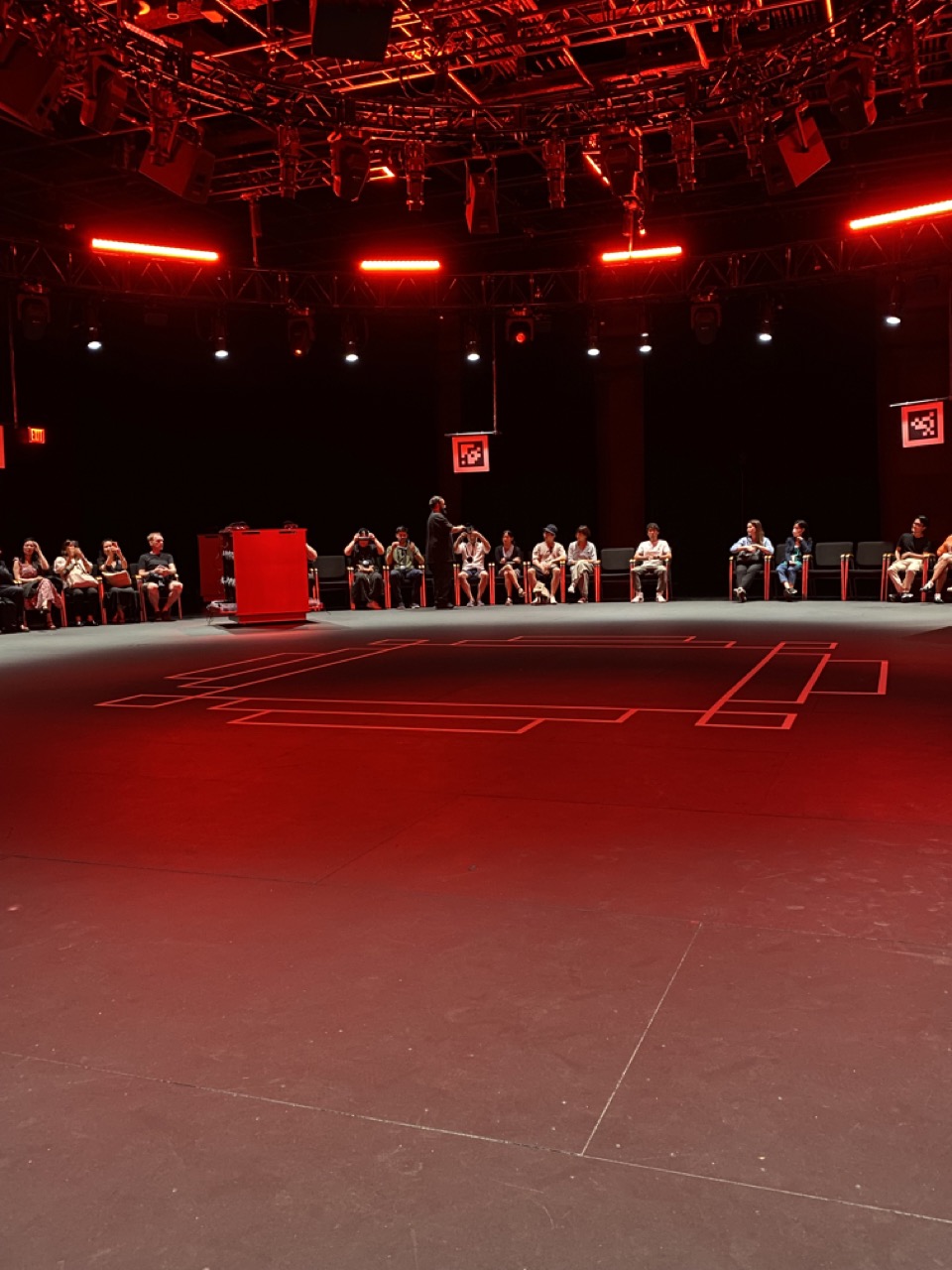Can 'KAGAMI' Bring Ryuichi Sakamoto Back To Life?
The awkwardness of the late composer's mixed reality performance
In December 2020, a little over two years before he passed away this March at age 71 due to rectal cancer, Ryuichi Sakamoto played his Yamaha piano in a room with 48 cameras for Todd Eckert’s mixed reality production studio Tin Drum. “There is, in reality, a virtual me. This virtual me will not age, and will continue to play the piano for years, decades, centuries,” Sakamoto said in the press release. The result is KAGAMI, a “new kind of concert” premiering at The Shed at Hudson Yards, NYC until July 2nd before starting this week at the Manchester International Festival and traveling next year to the Sydney Opera House and Tennessee’s Big Ears Festival.
For the last decade, technology has revived departed legends for “live” performance, mostly as holograms. The infamous Tupac Shakur hologram from Coachella 2012 spawned a bigger industry of dead artist tours (Ronnie James Dio, Frank Zappa, Michael Jackson, tons more) or reunions of bands who can’t stand each other and/or are too lazy to tour (ABBA’s hologram residency in London, soon to tour the world). KAGAMI—Japanese for “mirror”—differs in that Sakamoto was actively involved with its creation, and much of the artistic intentionality seems to have come from him. Similar to Tin Drum’s Marina Abramović The Life mixed reality piece that sold for £230,000 at auction in 2020, it offers the composer a sort of… not immortality, but a lasting presence of his “living” figure. Pulling it off isn’t easy or initially cheap, though: the dimensional motion capture footage from all those cameras took a long time to process and assemble, and the Magic Leap 2 augmented reality headsets used for the showing retail for $3499 each. Tickets for KAGAMI average around $45 each for the 50-minute work.

I got my ticket online, waited in line outside The Shed’s escalator, and went up to the 6th floor. Before the showing, you’re ushered into a room with large black and white photos of Sakamoto—mostly from the 80s, when he produced his most notable works—and a projection of field recording footage from Coda, the 2017 documentary centering around his initial cancer diagnosis and the album async. Soon, the curtains open to reveal the screening room, arranged in the round with a “surround sound” system beaming from above the taped-off center “performance” area. The 7:30 showing this past Sunday filled up nearly all of the 80 seats. Attendants passed around the Magic Leap headsets, which have a bulky, noisy, and warm five-pound battery pack. Everyone wearing one looks like an alien; I wonder if we’ll ever see a day when augmented or virtual reality headsets don’t make you look like an idiot. “This is not about the technology,” an announcement before the show says, claiming that it’s about the connection between artist and audience and that “it is not perfect.”

The show starts. “Not perfect” is one way to describe KAGAMI. Virtual Ryuichi Sakamoto and his piano pop up in the dimly lit room, looking very unrealistic. He’s very brightly spotlit, but the reflections coming off of him have this very artificial glare, and his figure moves a bit too precisely. Songs where there’s more shadow on his figure are more convincingly him, but throughout the whole show, the Yamaha piano (filmed with a green screen on it) looks completely CGI, like a wonky, unfinished Pixar rendering of a piano. Audience members are free to move right to where he is, and view the show from any angle. This gets very awkward; you stand over “his” shoulder, resulting in this one-way “intimacy.” He’s “playing” for you, the music is connecting with you, but there’s still this hard wall between you and him, because he’s not real. I paid special attention to his hand movements during the Merry Christmas Mr. Lawrence theme. When he hit the keys, his fingertips seemed to either hover right above or slightly disappear into them.

During that same piece, you find yourself not simply in a room with “Sakamoto” “playing;” you’re hovering above the Earth, in outer space among all the stars, yet everyone real and virtual remains on the same surface. At the song’s end, a very fake-looking tree grows out of his piano. A musician as great as Sakamoto does not need special effects, yet KAGAMI has plenty of light beams, stars, windows/portals, cityscapes, and more that actively detract from the experience. Real life Sakamoto had cool visuals during some of his later shows, but when realism is already lacking, these animations only exacerbate the issue. His figure fades in and out between songs, another reminder of the illusion’s temporality. Also, having a screen so close to your eyes and so tightly affixed to your head gets uncomfortable fast.
What you hear is great. Sakamoto was an exceptional pianist, even if he didn’t consider himself one, and the purity of his playing remains magical. Better known pieces like “Merry Christmas Mr. Lawrence,” “The Last Emperor,” and “energy flow” are interspersed with deeper cuts like “The Seed and The Sower” (the other recurring motif from the Merry Christmas Mr. Lawrence soundtrack) and “BB,” a brief, previously unheard piece dedicated to director Bernardo Bertolucci. The recording quality is excellent, but doesn’t fit The Shed’s Griffin Theater; pianos are very acoustically sensitive, and what I heard from the piano sounded less expansive than the space it was “in.” If this recording ever gets released separately, it would sound great.
Ryuichi Sakamoto is dead, and will unfortunately stay that way. But is KAGAMI the next best thing? While it’s presented as an art piece, it doesn’t seem too unlike the hologram tours which I admittedly haven’t seen in person. It’s not realistic, and doesn’t bring me any closer to him than listening to “Epilogue” from an original pressing of Yellow Magic Orchestra’s Technodelic, or watching the myriad of concert films, or watching him talk in the 1984 Tokyo Melody documentary. I wouldn’t dismiss KAGAMI as purely a cash grab effort, as Sakamoto didn’t heavily involve himself in projects he didn’t believe in (I’d like to assume the sheet music NFTs a couple years ago were merely pumped out by his team with his sign-off rather than something he actively initiated). But how groundbreaking is it really? Sure, we need people who are willing to explore new technology, something that Sakamoto has always done; his pioneering electronic band Yellow Magic Orchestra used every new gadget they could find in the late 70s and early 80s, and he was an early advocate of digital recording which he first used on YMO’s 1981 masterwork BGM. Yet conventional videos are so good and proven to work everywhere, whereas this mixed (augmented) reality technology is expensive, clunky, weird, and likely to become obsolete or at least remain too exclusive.
Sakamoto’s recent death is an unavoidable factor in interpreting KAGAMI, but I felt far more affected by the Coda footage of him joyfully “fishing the sound” in the Arctic Circle or walking through the forest than seeing his virtual likeness through a Magic Leap headset. Maybe the show’s footage can be more convincingly reassembled with future technology, or at least shown without the distracting “embellishments.” But while his virtual self will continue to play the piano for possibly forever, would he really want to play the same ten pieces on repeat? Should “he”?









































